World Stroke Day 2024: Know symptoms, risk factors and ways to prevent
Wed 30 Oct 2024, 00:43:55
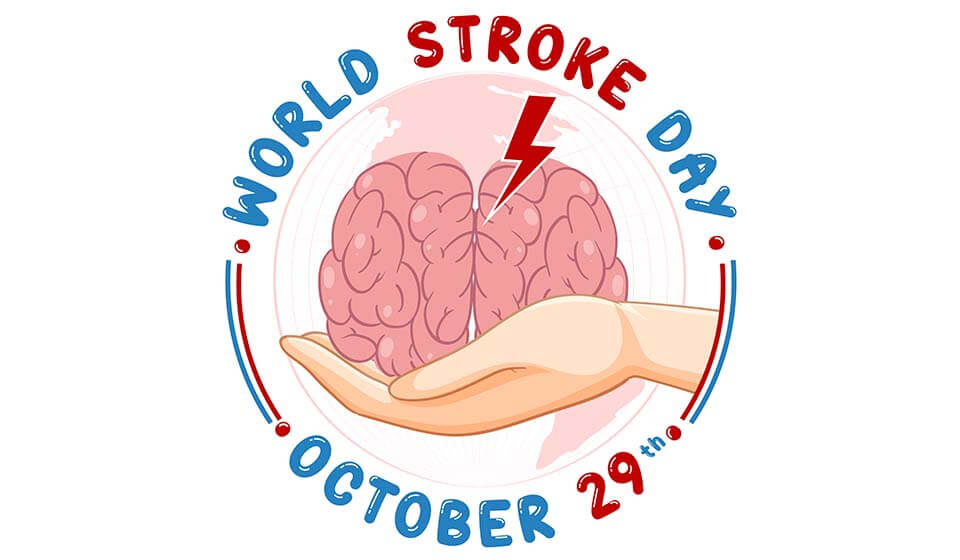
Every year on October 29, the globe celebrates Globe Stroke Day, which aims to raise awareness of stroke prevention, treatment, and recovery. The theme for 2024 is "Harnessing the emotional power of sport to be #GreaterThanStroke," which highlights the remarkable strength and resilience of stroke survivors. This year's campaign aims to spark a global movement by sharing inspiring stories of hope and determination from the stroke community, demonstrating how sport, in its various forms, can fuel recovery, empower individuals, and help them overcome the challenges of stroke.
What is a Silent Stroke?
A quiet stroke, as the name implies, lacks the dramatic and obvious symptoms of a traditional stroke, such as facial drooping, arm paralysis, or slurred speech. Silent strokes, also known as "asymptomatic cerebral infarctions," occur when the blood supply to a small area of the brain is cut off, yet the event produces no immediate, apparent symptoms. This interruption causes brain cell damage, often without the person recognizing it. Stroke is the third biggest cause of death in the world and about 50 lakh people who survive due to stroke become permanently disabled every year. Every year about 1.5 crore people around the world suffer from stroke. Out of which 50 lakh people die due to stroke.
Causes of Stroke
According to Delhi's famous neurosurgeon Dr Sanjeev Kumar Jha, unfortunately, the cases of stroke are increasing year by year. The main reasons for this are high blood pressure, diabetes, less physical activity, poor lifestyle, high cholesterol, high triglycerides, alcohol, smoking, unhealthy food, and stress increases the risk of stroke. Apart from this, some diseases in the brain's nerves, weakening and bursting of blood vessels increase the risk of stroke.
Risk Factors for Stroke
The risk factors and causes of quiet strokes are quite similar to those of symptomatic ones. Understanding these risk factors is critical for prevention.
. High Blood Pressure: This is the leading cause of both silent and major strokes. Elevated arterial pressure can damage the brain's blood capillaries, increasing the likelihood of clots.
. Diabetes: Diabetes increases the risk of damage to blood vessels and arteries, making strokes more likely.
. High cholesterol: Elevated cholesterol levels contribute to the formation of fatty deposits in the arteries, which can eventually cause blockages.
. Smoking: Smoking damages the blood vessels and raises blood pressure, significantly increasing the risk of
stroke.
stroke.
. Heart Disease: Conditions such as atrial fibrillation (irregular heartbeat) can result in blood clots and strokes.
. Obesity: Excess weight, particularly around the belly, has been related to an increased risk of strokes due to concomitant illnesses such as high blood pressure and diabetes.
. Age and Gender: Silent strokes can occur at any age, but the risk increases with age. Men are more likely to have strokes, while women experience more severe results.
Symptoms of Silent Stroke
There is a saying 'Time is Brain' which means if you identify a brain disease on time and get it treated then the chances of survival increase significantly. There are 4 initial symptoms of stroke which we call fast.
. F- face turning to one side
. A-Arm weakness i.e. weakness in any hand or leg
. S- Speech problem i.e. difficulty in speaking, stammering
. T- Time to call an ambulance.
In such a situation, the sooner we take the patient to a hospital where there are Neuro specialists, the sooner the treatment of the disease can begin, and the chances of the patient's recovery increase significantly.
How Can We Prevent Silent Strokes?
If there is any disease or stroke in the brain, then it becomes very difficult to recover from it. In such a situation, you need to know how you can avoid brain stroke or brain disease. Because the brain is the most delicate organ of our body, once there is some problem in it, it can cause problems for life.
. After 30-35 years, one should get blood pressure checked regularly. Sometimes if we get our blood pressure checked once, it may be normal. But for this, 24-hour blood pressure monitoring is necessary.
. If you have diabetes, get it checked. A diabetic patient needs to keep the blood sugar level in the body under control.
. If you are a patient with high cholesterol. If your triglycerides are high then it is very important to get it treated and keep it under control. This can reduce the risk of stroke.
. Exercising regularly every day is important to prevent stroke. You can also walk or do yoga.
. Taking a healthy diet, avoiding alcohol, cigarettes, and smoking, and reducing stress reduces the risk of stroke.
. Avoid heart diseases and many times stroke also occurs due to heart disease.
. Sometimes the brain nerves are checked with MRI to see if the brain nerves are getting weak. The risk of stroke can be reduced.
No Comments For This Post, Be first to write a Comment.
Most viewed from Health
AIMIM News
Latest Urdu News
Most Viewed
May 26, 2020
Can Lionel Messi's visit boost Indian football?
Latest Videos View All
Like Us
Home
About Us
Advertise With Us
All Polls
Epaper Archives
Privacy Policy
Contact Us
Download Etemaad App
© 2025 Etemaad Daily News, All Rights Reserved.

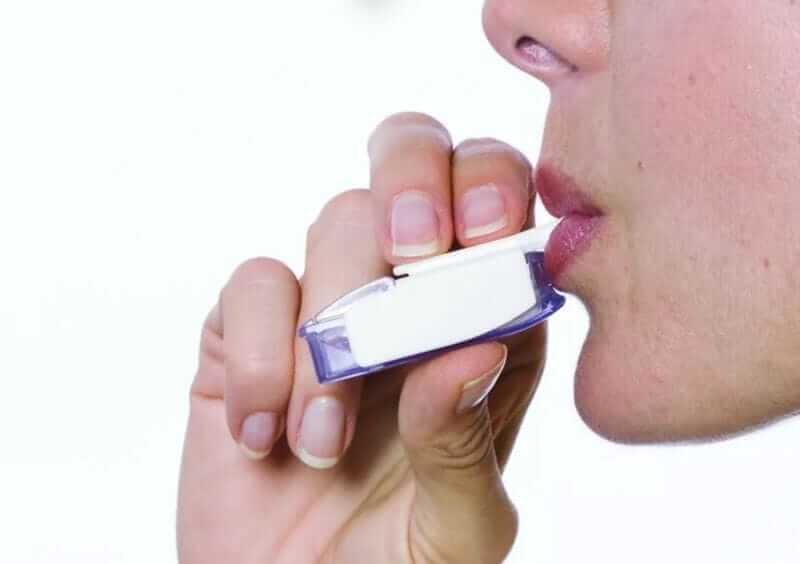

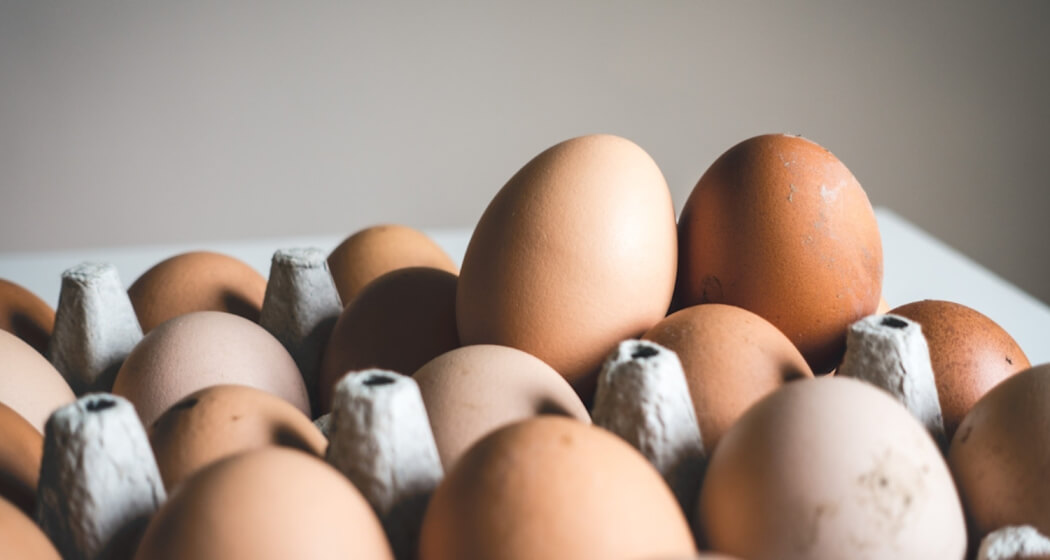
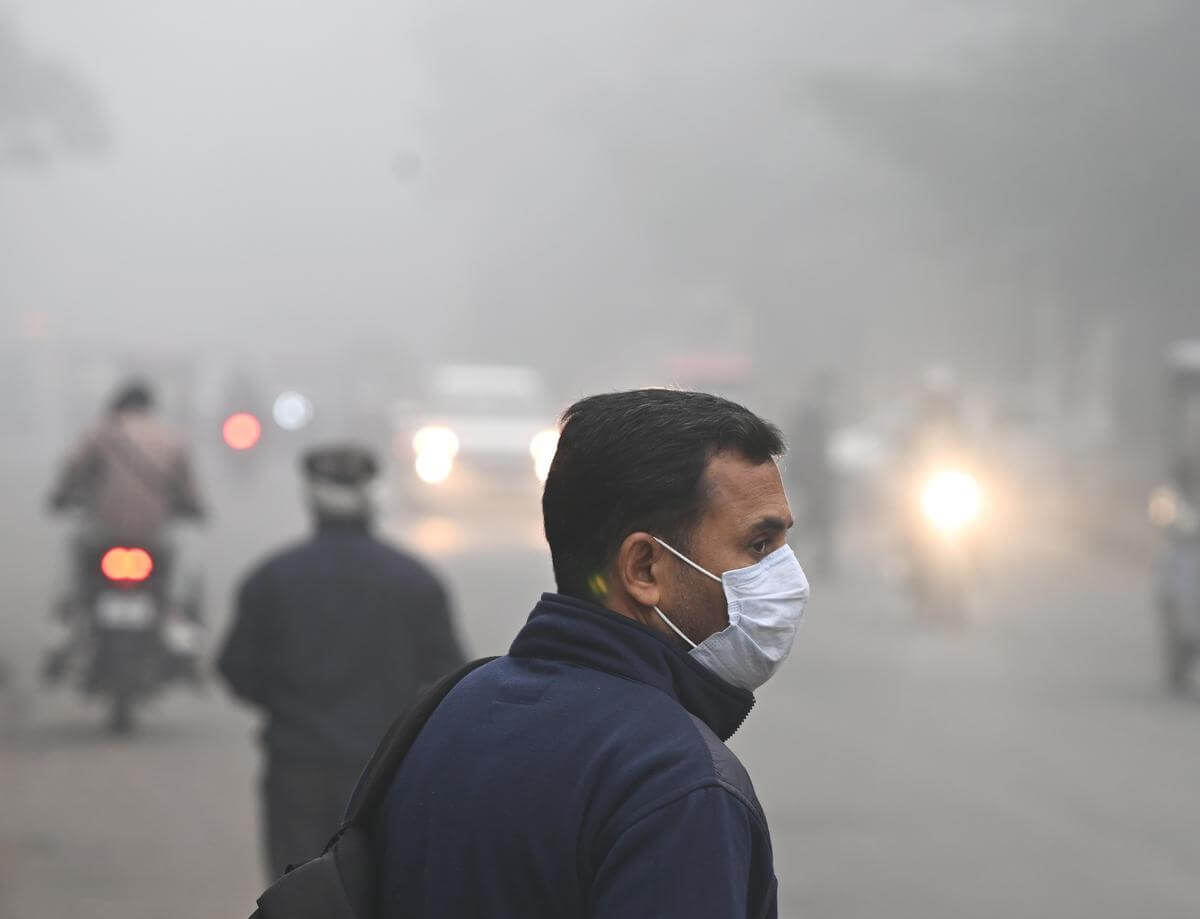
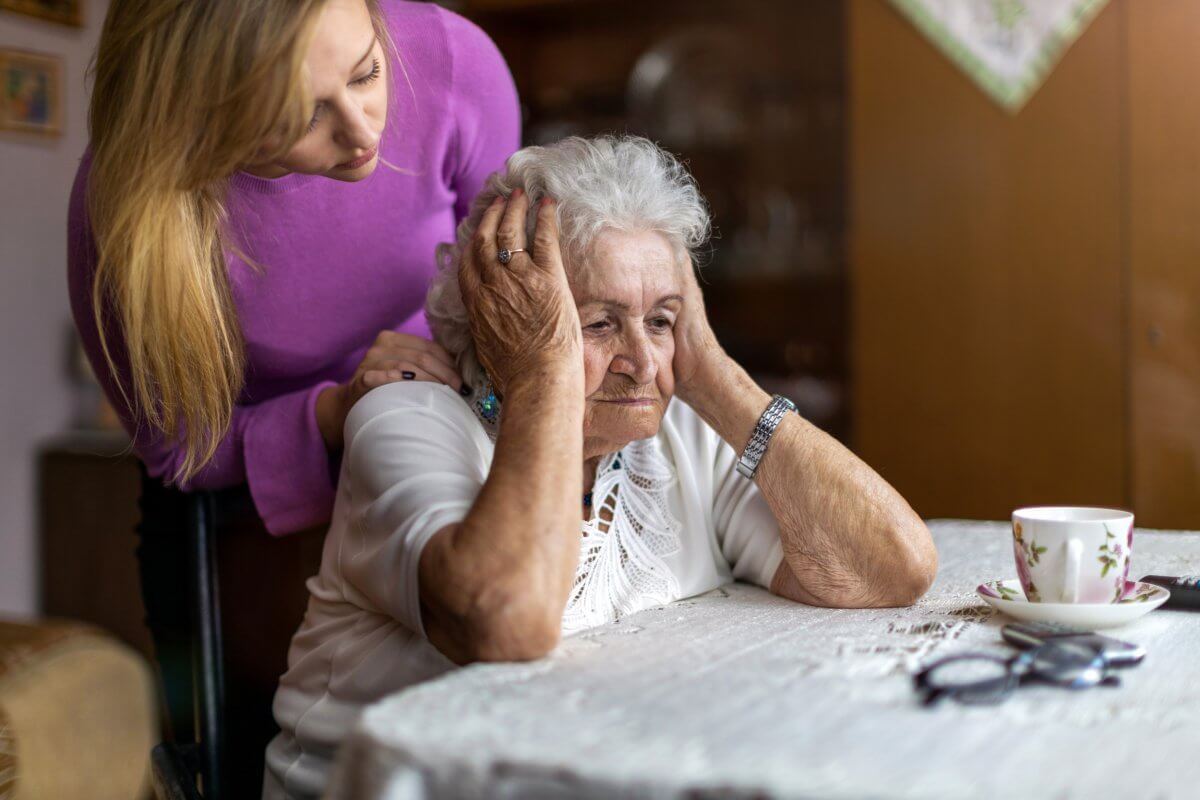
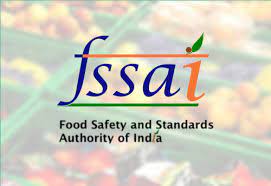

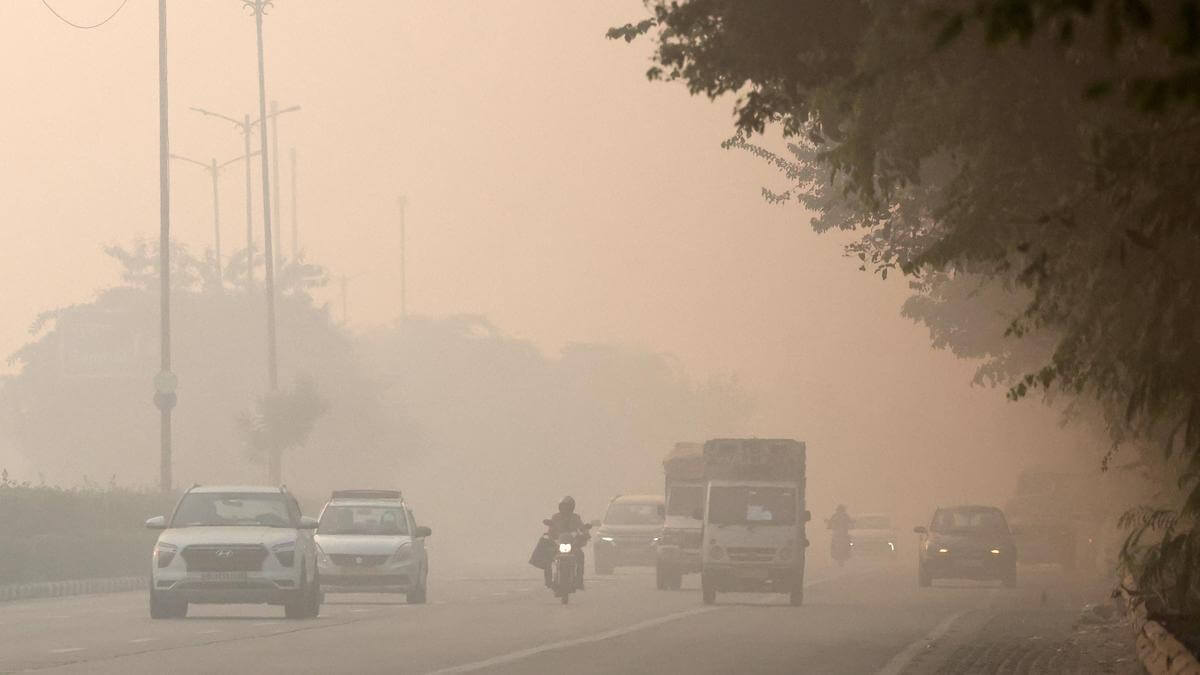
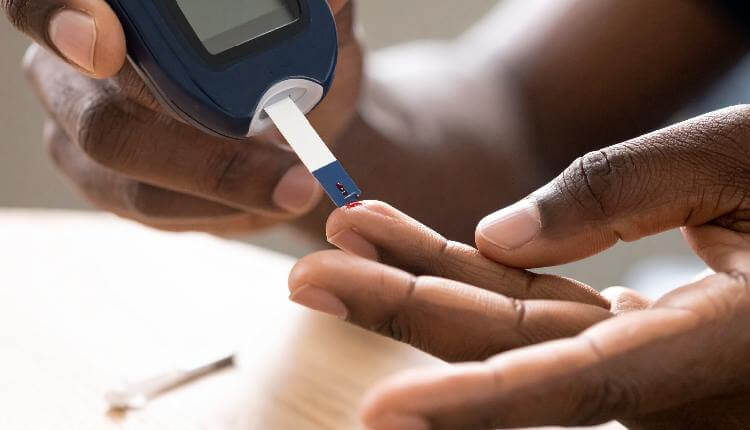
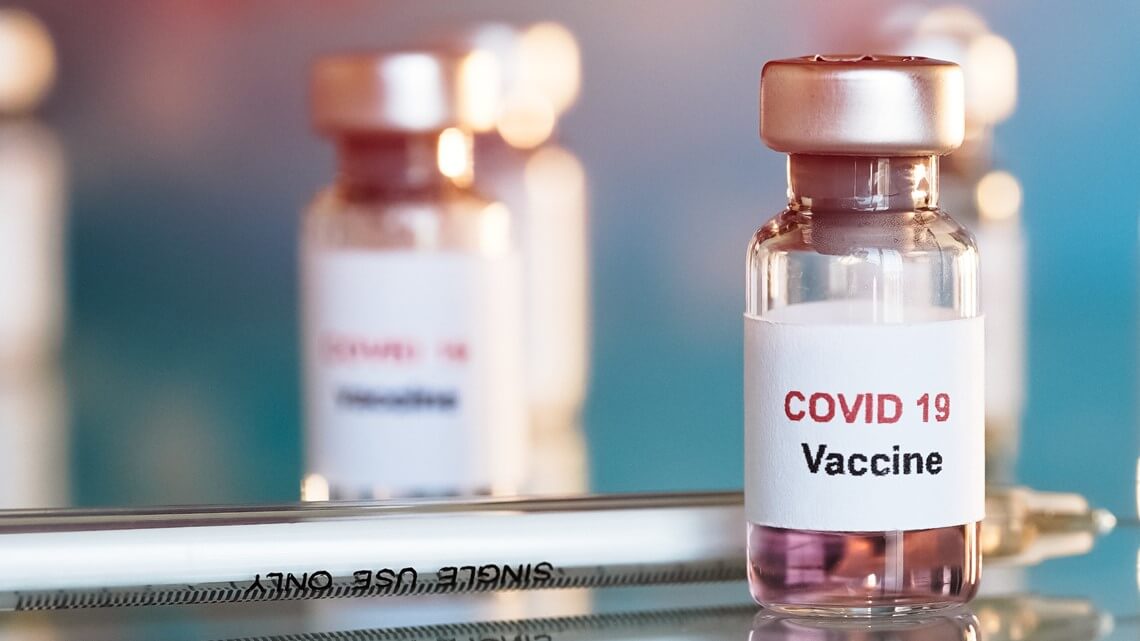









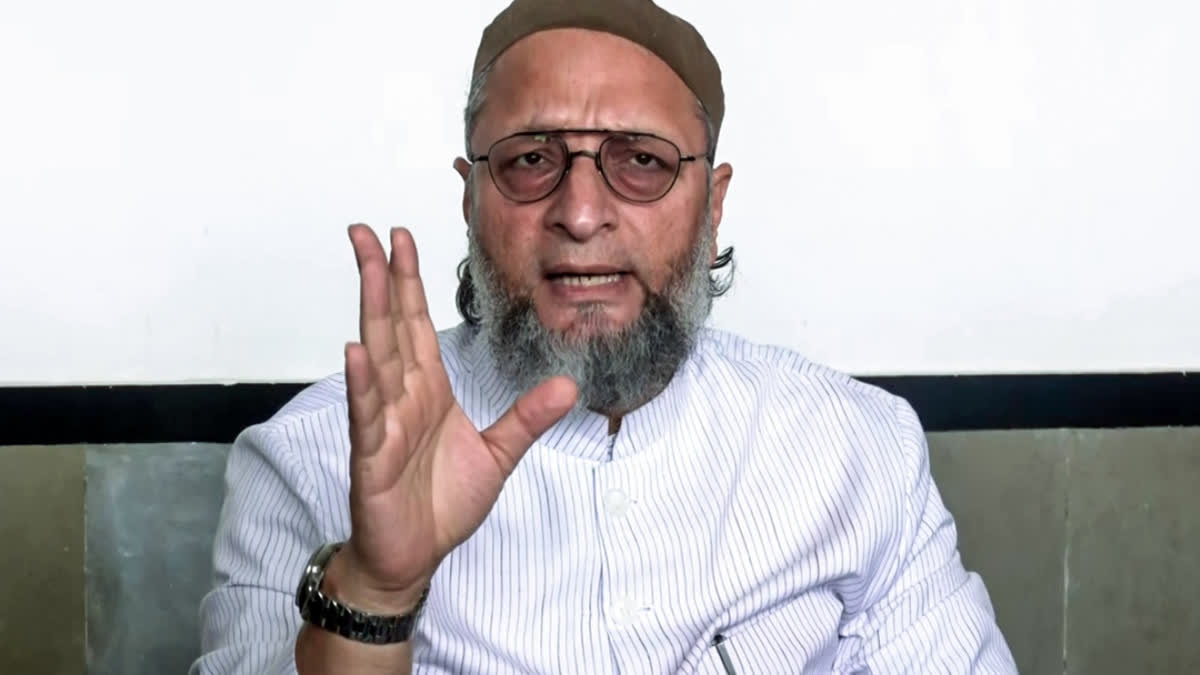
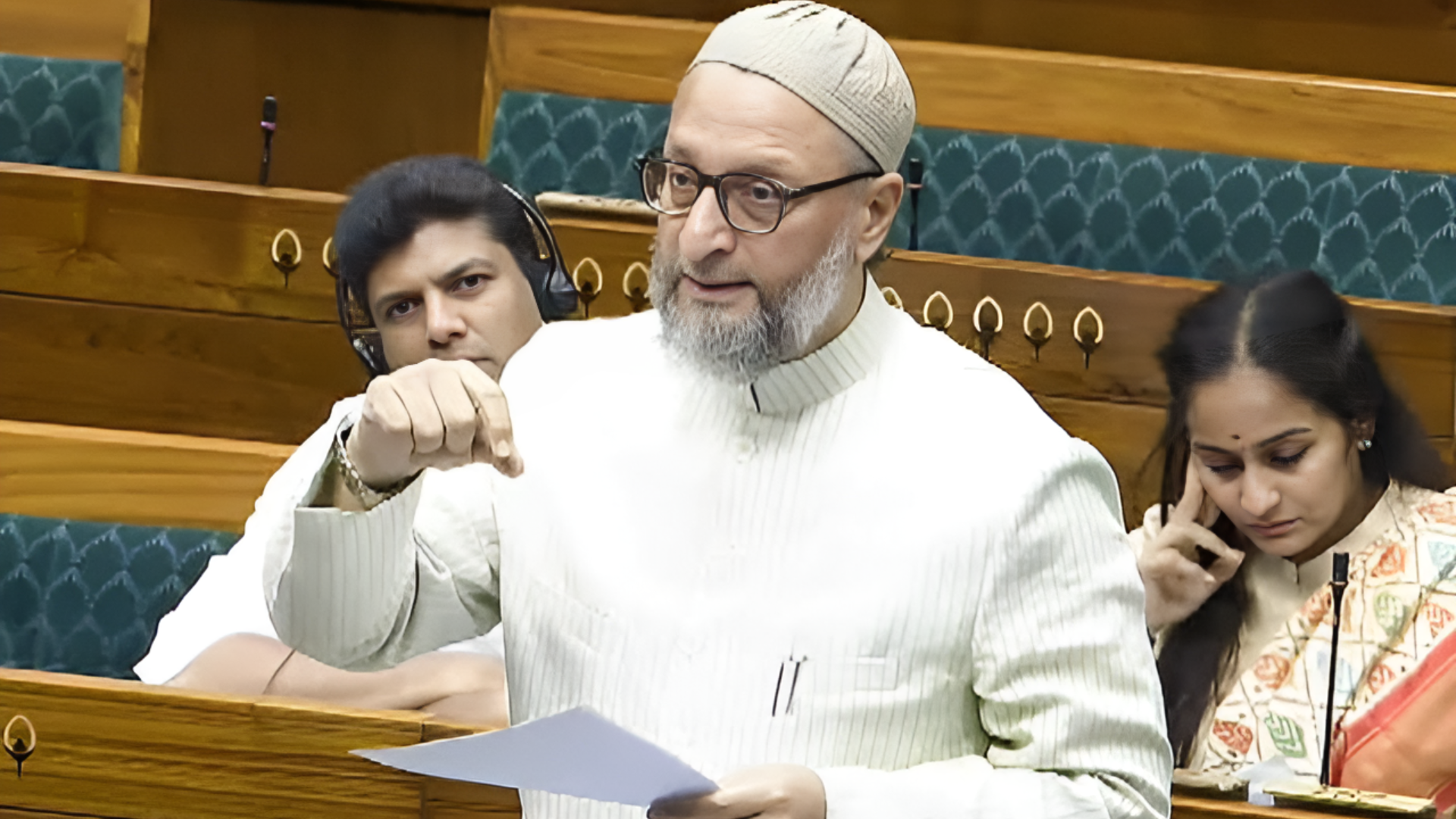
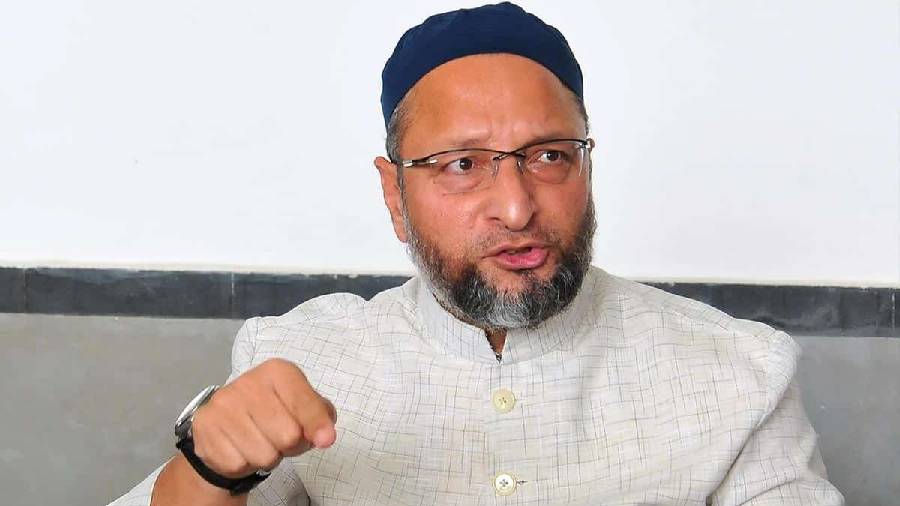


.jpg)
.jpg)
.jpg)


